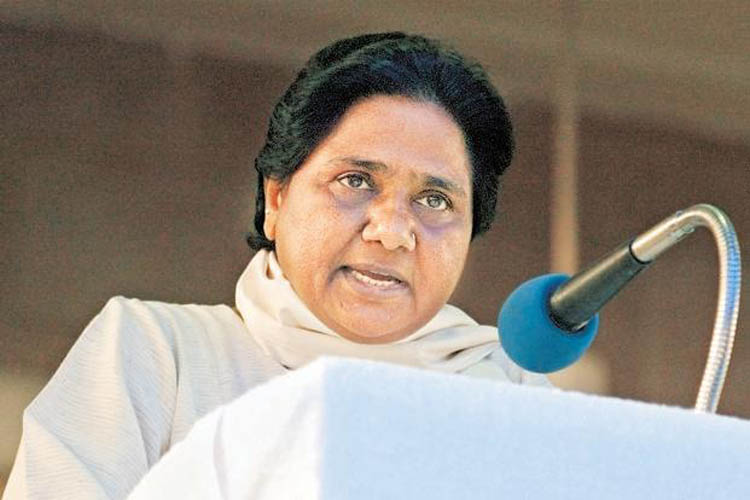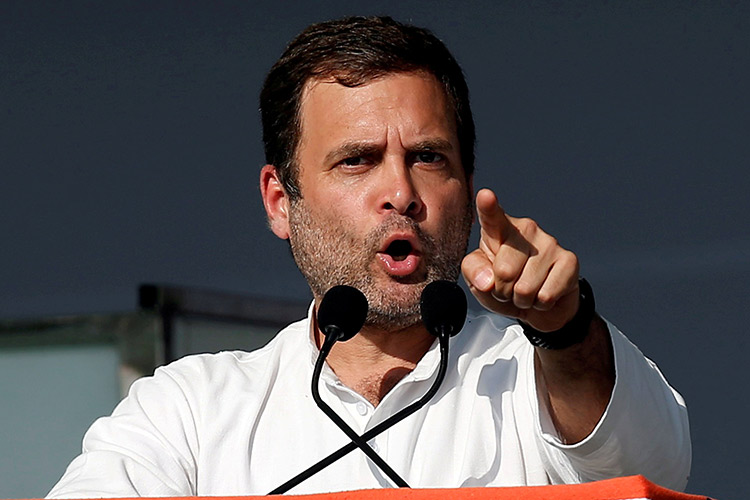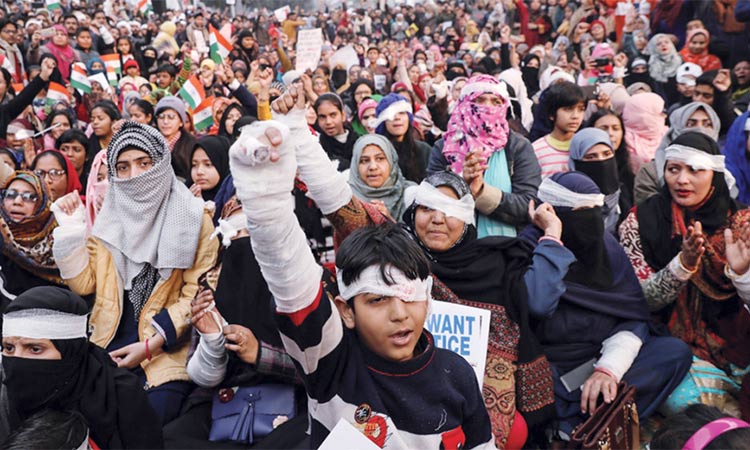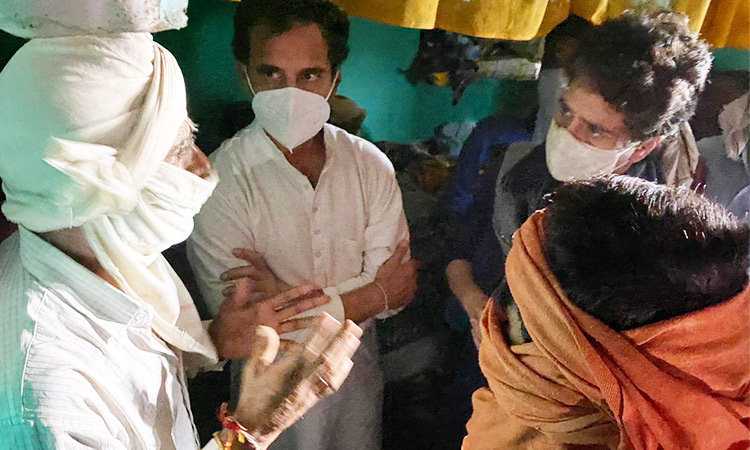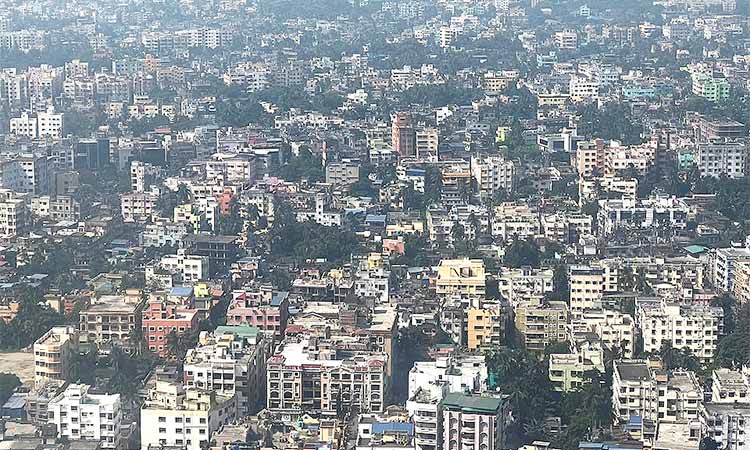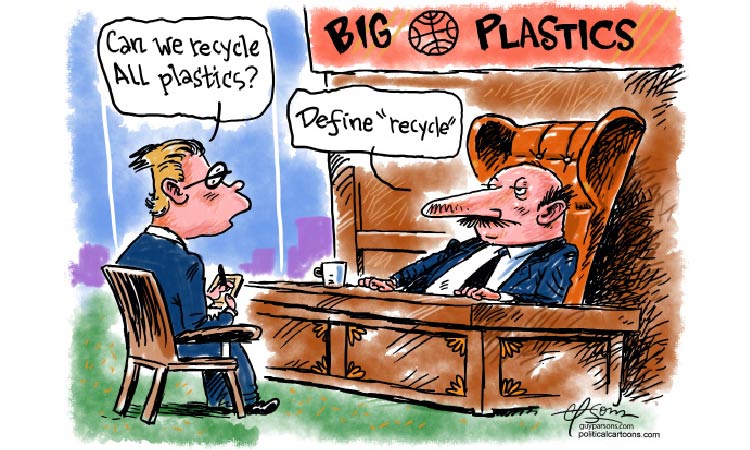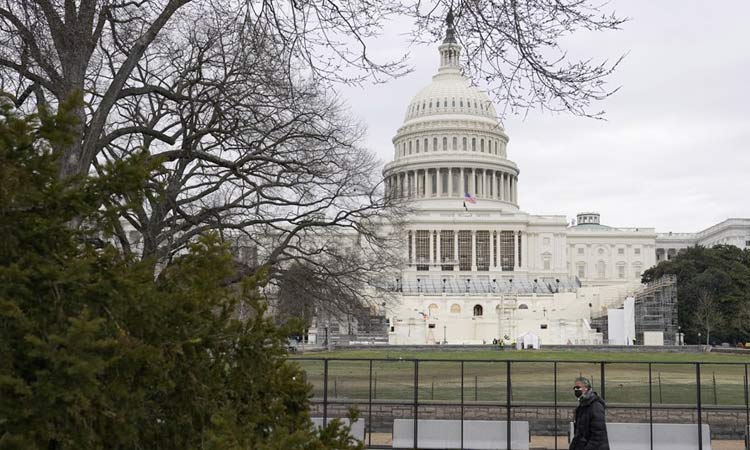Delhi, the mini India represents India in a microcosm
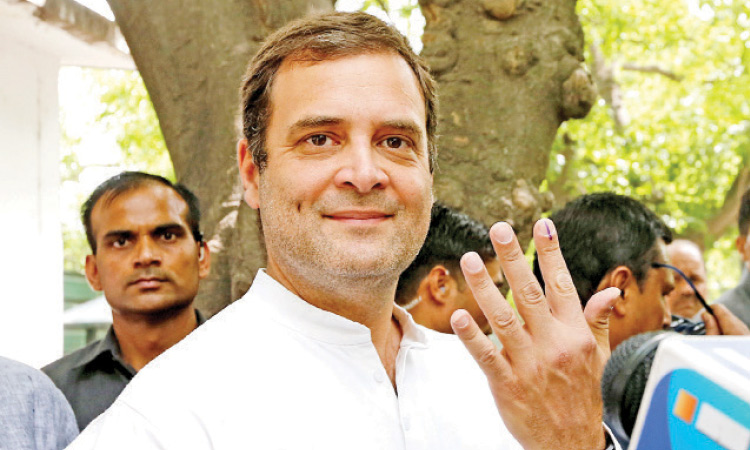
Rahul Gandhi
Rahul Vasta, Indo-Asian News Service
If you have missed to track the ongoing Lok Sabha election, and you are trying to understand how it is going and overall what is the mood of India -- just look at Delhi’s seven Lok Sabha seats. Delhi is a smaller version of political India, often called mini India. It has always mirrored the larger India in the Lok Sabha elections.
Look at the historic Lok Sabha election results of Delhi and India, and you will know that Delhi has always precisely reflected the national results. Pick any Lok Sabha election, enlarge the Delhi numbers to map it to the national level, and you will have an idea how the larger India has polled in that election.
Starting from the 1977 Lok Sabha election, when the first ever non-Congress government was formed, to the 2014 Lok Sabha election, when for the first time a non-Congress party had got majority of its own — Delhi has always mirrored the overall mood of India.
The 1977 Lok Sabha election, which was the first to be held after the Emergency imposed by the Indira Gandhi government in June 1975, reflected a clear anti-Congress sentiment throughout the country. This had resulted in an unprecedented win of 345 out of 542 Lok Sabha seats for the Janata Party, and Delhi had truly reflected the mood in the country by electing seven out of seven candidates of the Janata Party.
For the first time in the history of independent India, a non-Congress government was formed in the country at the centre. But this government didn’t last for long, and the next Lok Sabha election was held in 1980. In this election, the Delhi election results were completely the reverse of the 1977 mandate — all seven MPs elected were from the Congress party, and again Delhi was in complete sync with India. The Congress party with 353 Lok Sabha seats was back in power.
After the unfortunate assassination of Indira Gandhi in 1984, the next Lok Sabha election was held a year prior to the schedule. There was a sympathy wave throughout the country in support of Rajiv Gandhi and the Congress party, and the Congress party had swept the entire country by winning 402 out of 514 Lok Sabha seats, and Delhi was once again very clear and in sync with India with its mandate of seven out of seven for the Congress party. The government of Rajiv Gandhi completed five years of its term.
Then there was 1989 Lok Sabha election — Congress was once again unpopular due to various facts known to everyone. In the election, the Congress party had won the highest number of seats (197), but the Janata Dal (143) with an alliance with the BJP (85) and support of the Communist parties had formed the government.
The numbers in Delhi were — BJP-4, Congress-2, Janata Dal-1, which was not in proportion to the numbers at the national level. But if we mistake it to think that the Delhi results did not reflect India, we got it wrong. We must remember the fact that in this election, the BJP had grown from two MPs to 85 MPs, and that was unprecedented growth for a party, and Delhi didn’t miss to read it and reflect this massive change in the politics of the country with its results.
Like the 1977 Janata Party government, the 1989 Janata Dal-led government as well did not last for long — at first the V.P. Singh government fell due to the split in the Janata Dal, and later the minority government of Chandra Shekhar fell when the Congress party withdrew support.
The country was forced to face another general election in 1991. In an unfortunate suicide attack, Rajiv Gandhi was assassinated during the campaign of the second phase of the election. This once again had created a sympathy for the Gandhi family and the Congress party. Though it did not create a wave like in 1984, the Congress party won 244 seats and was able to form the government. The Delhi numbers were — BJP-5, Congress-2. This once again truly reflected the fact that the BJP was not only able to hold its increased support base, but was able to grow further to 120 Lok Sabha seats.
Five years later, in the 1996 Lok Sabha election, the BJP continued to grow further by winning 160 seats and become the single largest party for the first time. The Delhi results with five Lok Sabha seats for the BJP and two seats for the Congress party were in sync with the national results. The BJP-led NDA had formed the government under the leadership of Atal Bihari Vajpayee, but it lasted just for 13 days. Later H.D. Deve Gowda and Inder Kumar Gujral became prime minister with outside support from the Congress party.
Like the 1989 Lok Sabha, this Lok Sabha did not last for long either, and another general election was necessitated in 1998. In this election, the BJP won 182 seats and the Delhi contribution to it was six out of seven seats. An NDA government was formed under the leadership of Vajpayee which later lost a trust vote by one vote causing the government to fall. No other alliance had the numbers, and so, there was another general election in 1999, in which the NDA further increased its tally and Delhi elected seven out of seven candidates for the BJP.
In the next two Lok Sabha elections held in 2004 and 2009, it was the Congress party which had formed the government and had run the government successfully for the two terms. The Delhi numbers in the two elections were BJP-1, Congress-5 and BJP-0, Congress -7 respectively. Once again Delhi had correctly reflected the mood of the country.
In the 2014 Lok Sabha election, the BJP got a majority of its own, and to no surprise of anyone, Delhi, like always, was in sync with the national tally. The numbers were -- BJP-7, Congress-0 and AAP-0.
Now it’s the 2019 Lok Sabha elections — five phases of the election are done — in the sixth phase all the seven Lok Sabha seats of Delhi went to the polls on Sunday.
The big question is: Will Delhi continue to reflect the mood of the country in 2019? Historic results suggest that it has never differed with the overall mandate for the country. So, with that assumption, will it give a mixed mandate or will it make it decisive in favour of one of the three political forces in the fray in Delhi and in India — the BJP-led NDA, the Congress-led UPA and the regional parties, and AAP in Delhi.
As per many surveys and analysis, the BJP is ahead of its opponents in Delhi, but it does not have a definite edge like in 2014. But like in many other parts of the country, in Delhi as well the opposition is not united, even after discussing it till the end. And this is making the contest less difficult for the BJP in Delhi and everywhere else in the country.
